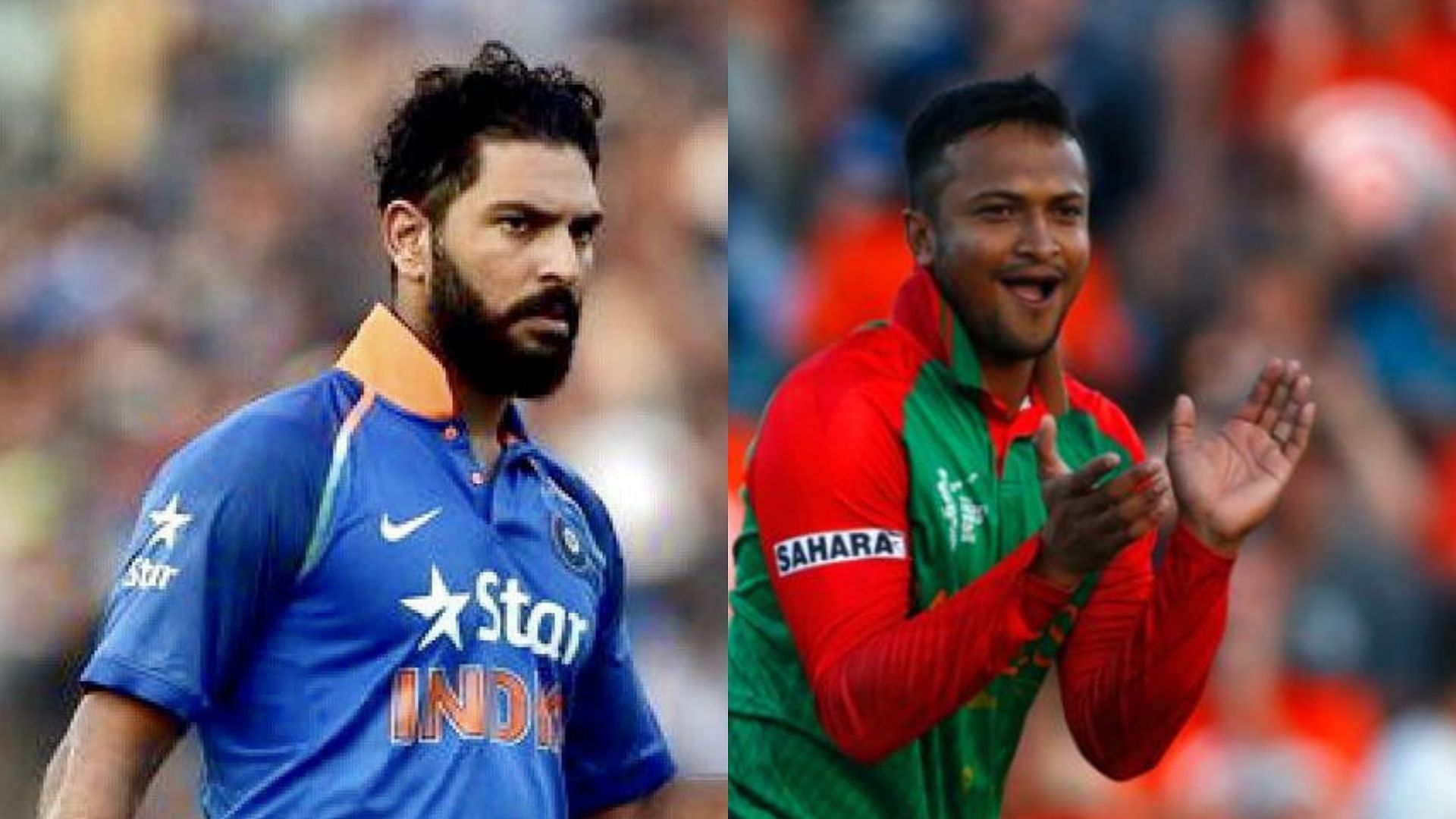
Picking the best left-handed Men's ODI playing 11 of the 21st century ft. Yuvraj Singh, Shakib Al Hasan
One of the most pleasing sights in world cricket is watching a left-hander batting in full flow. There is something aesthetically pleasing about most of the southpaws in world cricket which makes them a crowd puller in every format of the game.
Over the years, the left-handers have been an integral part of any cricket team and have provided the ideal balance with both bat and ball. While the southpaws exemplify grace and elegance as batters, the left-arm bowlers have added a different spice to the game.
Fast bowlers delivering from a different angle pose a new set of challenges to the batters compared to right-arm pacers. In the last 24 years, we have seen the emergence of several top-class left-handers who have gone on to rule world cricket.
On that note, we have tried to put together the best left-handed ODI playing 11 of the 21st century:
# Openers- Adam Gilchrist and Sanath Jayasuriya
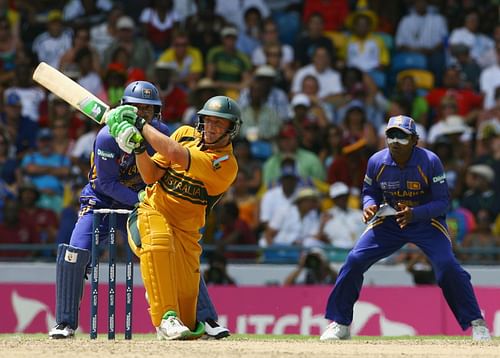
The opening combination of Adam Gilchrist (Australia) and Sanath Jayasuriya (Sri Lanka) has the ability to decimate any bowling attack on its day. Both the southpaws were destructive batters and gave sleepless nights to bowlers across the globe.
Having made his ODI debut in 1996, Gilchrist became one of the greatest white-ball openers of all time. The swashbuckling wicketkeeper-batter played 211 ODIs in the 21st century, scoring 7243 runs at an average of 36.58 with 11 centuries to his name.
On the other hand, Jayasuriya was also a powerful striker of the ball. He revolutionized ODI cricket with numerous quick-fire starts in the 1996 ODI World Cup and established himself as a lynchpin of the Sri Lankan batting line-up.
Having made his ODI debut way back in 1989, Jayasuriya featured in 445 ODIs, just behind Sachin Tendulkar (463) and Mahela Jayawardene (448). In the 21st century, the swashbuckling southpaw played in 247 ODIs along with four ODIs for Asia XI.
He scored 8307 runs at an average of 35.65, with 21 centuries to his name. Besides his batting exploits, Jayasuriya also bagged 149 wickets in a span of 11 years, with best figures of 5/17.
# Middle order and all-rounders- Kumar Sangakkara, Yuvraj Singh, Eoin Morgan, Shakib Al Hasan, Mike Hussey
The legendary Sri Lanka wicketkeeper-batter Kumar Sangakkara will bat at No. 3 in this playing XI. One of the finest batters across formats, Sangakkara finished his career as the second-highest run-scorer in ODIs with 14,234, just behind Sachin Tendulkar's 18,426.
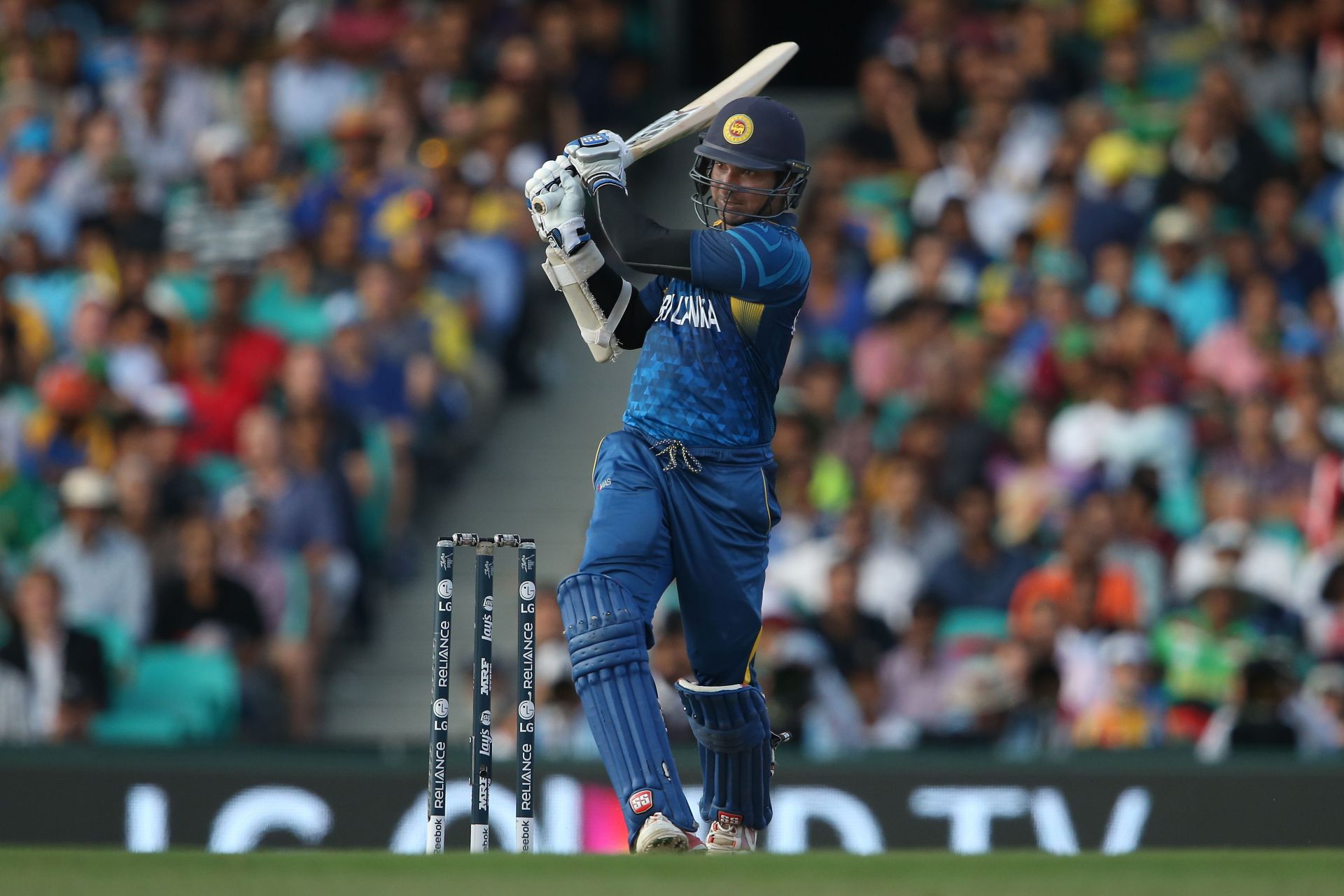
Sangakkara made his ODI debut in July 2000 and scored 14,234 runs at an average of 41.98, including 25 centuries. Sangakkara and Gilchrist are the two wicketkeeping options and can rotate between themselves. The next spot will be occupied by India's Yuvraj Singh who has a stellar record in white ball cricket.
One of the most stylish batters of all time, Yuvraj made his ODI debut in 2000. He played an integral part in India’s World Cup win in 2011. He played 304 ODIs and scored 8701 runs at an average of 36.55 with 14 centuries to his name. Yuvraj also bagged 111 crucial wickets and lent the ideal balance to the Indian team during his tenure.
The 2019 World Cup-winning captain Eoin Morgan finds a spot in the playing XI. He is also expected to lead the side. Morgan started his ODI career for Ireland in 2006 before shifting base to England.
He became the first man to lead England to an ODI World Cup win. Morgan played 248 ODIs, scoring 7701 runs, with 14 centuries to his name. Another stalwart of the game, Shakib Al Hasan of Bangladesh, will also find a place in the left-hander's playing XI.
Arguably the greatest all-rounder of this generation, Shakib has remained at the top of the all-rounders ranking for a long time. Shakib played 247 ODIs, scoring 7570 runs at an average of 37.29, including nine centuries. He also bagged 317 wickets in this format with best figures of 5/29.
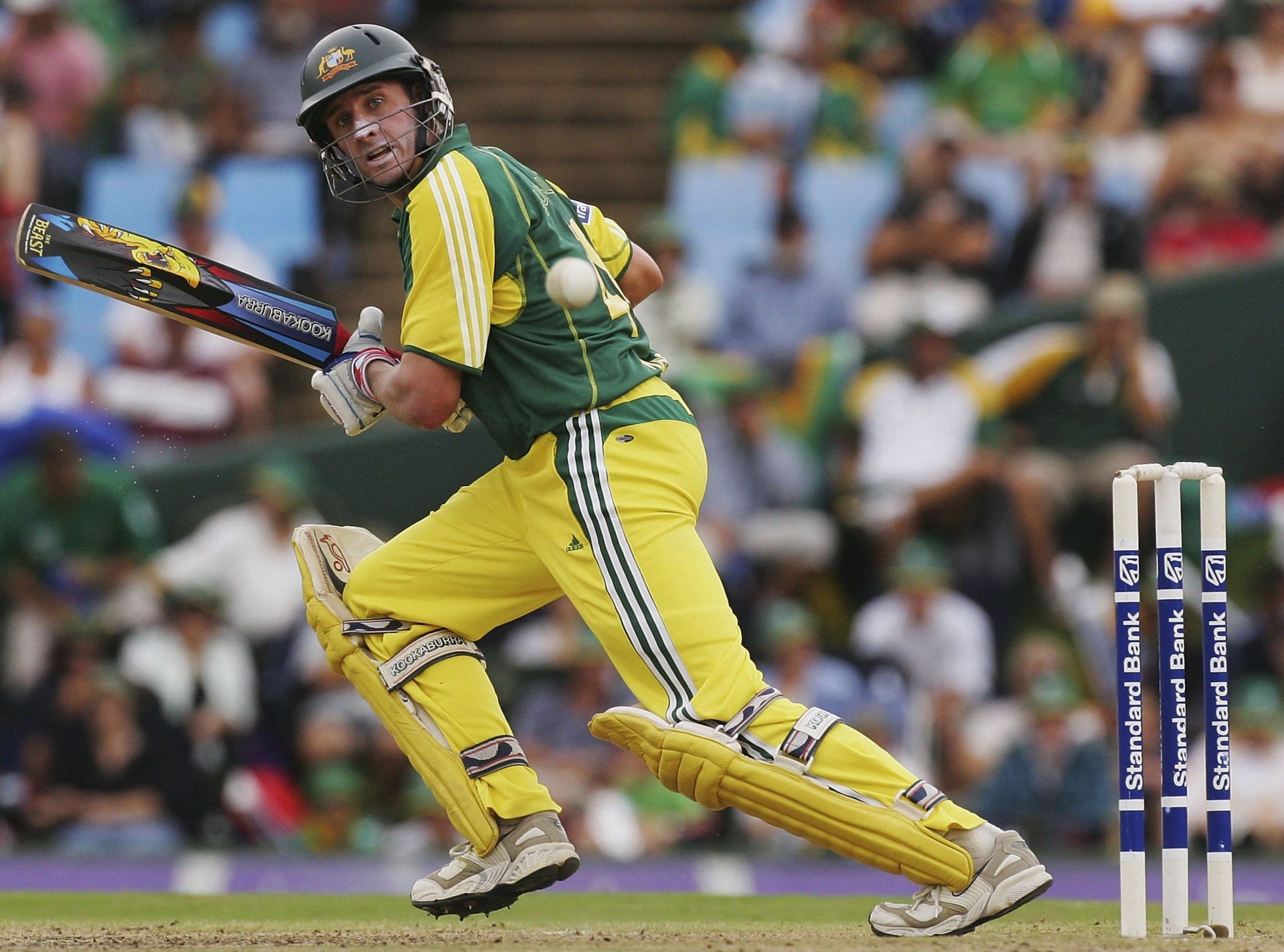
The finisher’s role in this XI will be carried out by ‘Mr Cricket’ Michael Hussey of Australia. Having made his international debut at the age of 29 against India, Hussey went on to become an integral part of the Australian white-ball side.
He was part of Australia’s playing XI in 185 ODIs and scored 5442 runs at an average of 48.15. Hussey scored just three ODI centuries but it was largely due to the position in which he batted.
# Bowlers- Mitchell Starc, Daniel Vettori, Trent Boult, Zaheer Khan
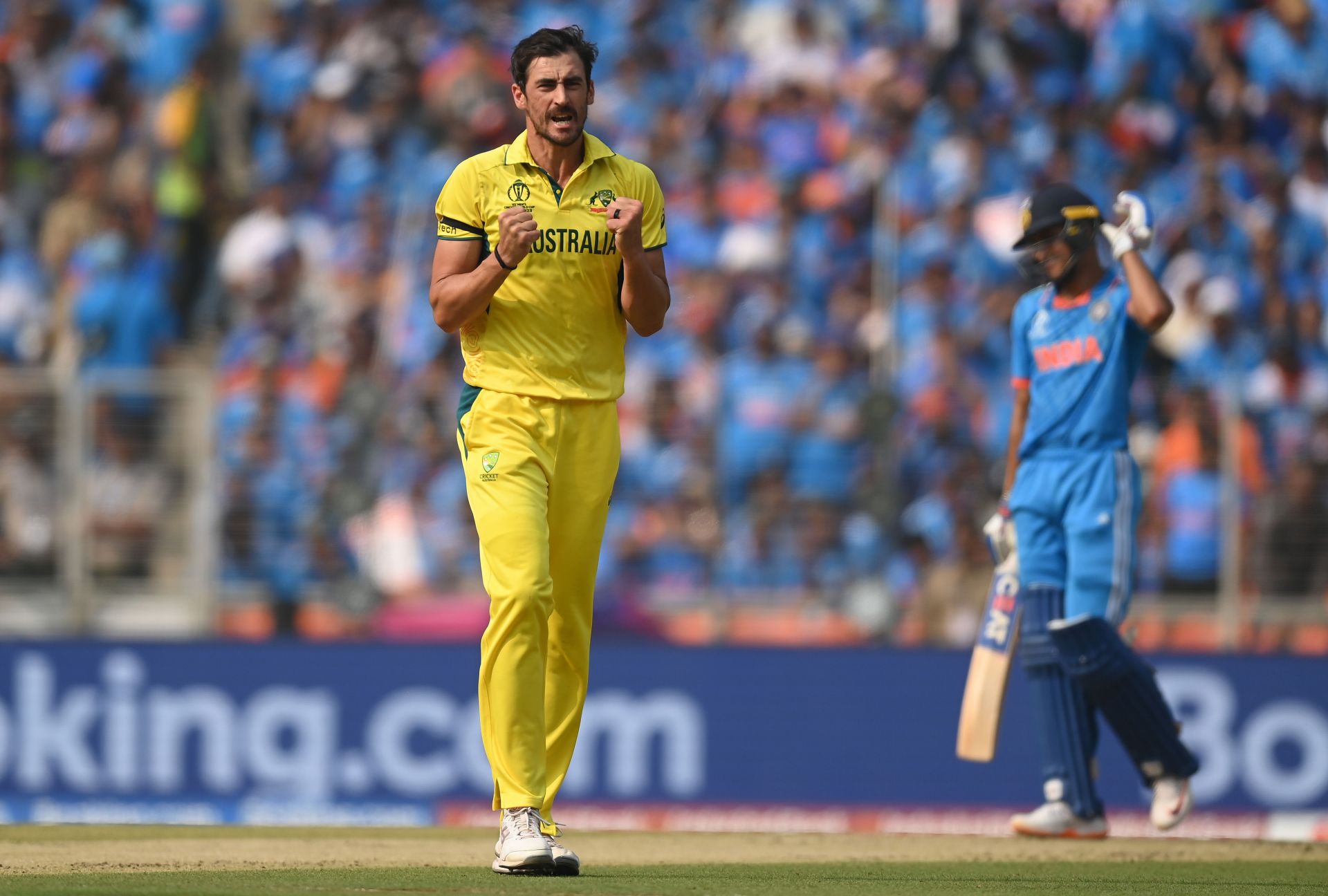
Arguably the greatest left-arm fast bowler of this generation, Mitchell Starc (Australia) will break into any playing XI in the white-ball format. He started his career predominantly as a yorker-specialist, who could produce pearlers from time-to-time. However, Starc has gone on to become one of the finest the world has seen.
In 127 ODIs so far, he has picked 244 wickets at an exceptional average of 23.40. He was also the joint-leading wicket-taker (22 scalps) in the 2015 ODI World Cup and was instrumental in helping Australia win their fifth ODI World Cup title. The next on the list is former New Zealand spinner Daniel Vettori, who remains one of the finest left-arm spinners to have graced the game.
His guile and deception were a sight to behold as he finished his ODI career with 305 wickets in 295 ODIs. Vettori was also a useful lower-order batter, much like Starc, and scored 2253 runs with four fifties to his name. The last two names that will complete the playing XI are Trent Boult (New Zealand) and Zaheer Khan (India).
Boult is one of the finest new ball bowlers and can swing the ball both ways. He also has several variations up his sleeve. He has bagged 211 wickets in 114 ODIs at an average of 24.38. Boult was also the joint-highest wicket-taker in the 2015 ODI World Cup along with Starc with 22 wickets.
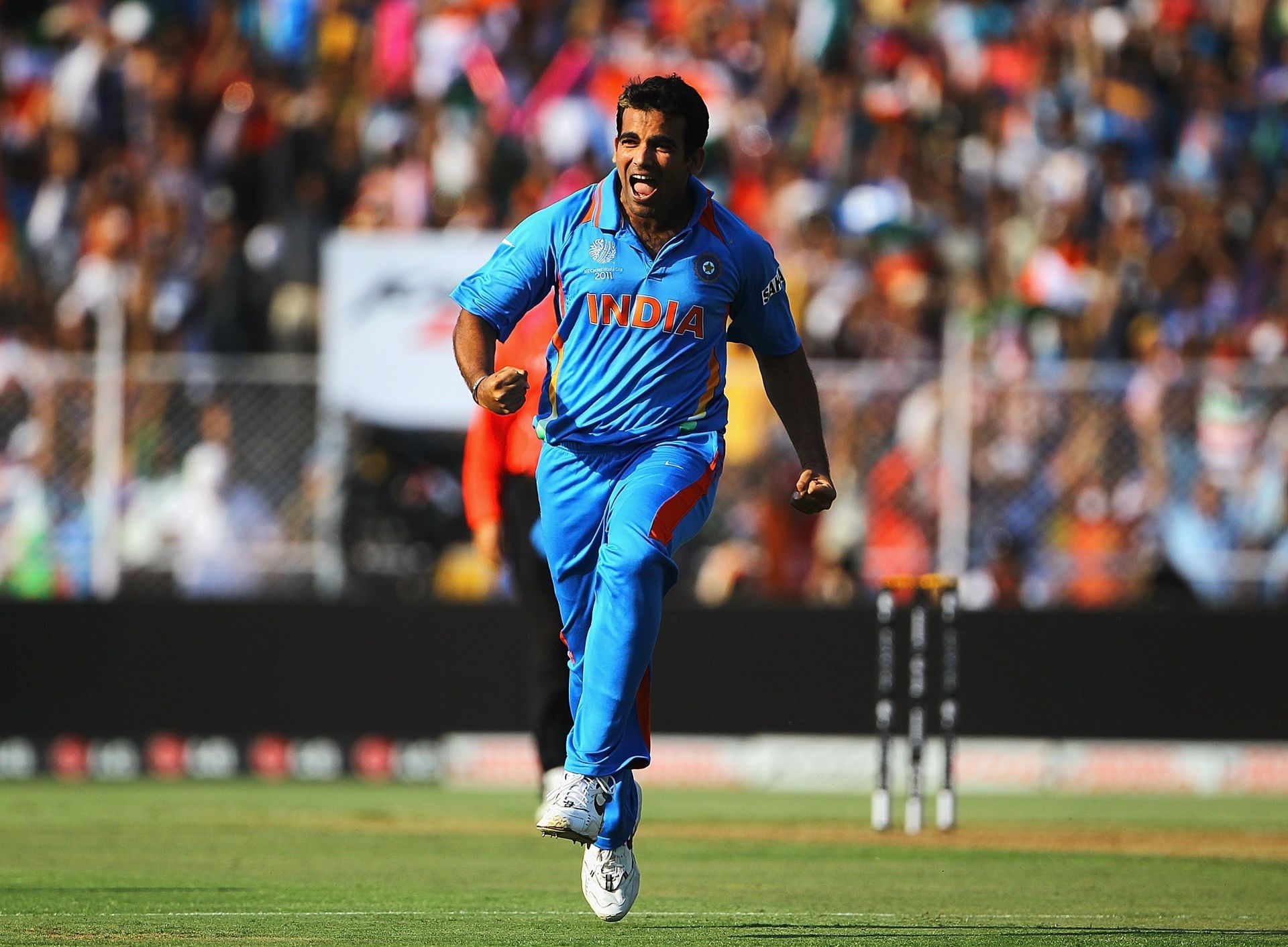
Last but not least, Zaheer Khan’s presence will add a different sort of variety to the bowling unit. Zaheer, one of the most skillful bowlers in world cricket, emerged as an out-and-out match-winner for India in the 21st century. He bagged 282 wickets in 2000 ODIs and was also the joint-highest wicket-taker (alongside Pakistan's Shahid Afridi) in the 2011 World Cup with 21 scalps.